|
|
|
Albeit corny, I don't think a blog post goes by where I don't allude to the beautiful connection between the 5E Learning Cycle and Joseph Campbell's Hero's Journey. Our students are HEROES and our standards are their JOURNEY. Why not!?! It certainly makes lesson planning more fun...meaningful...etc. Click here, here, and here for past writing and literature about this connection. Keeping the above in mind, I was planning for parent Back to School Night last week. Teachers at my school are challenged to design a 20 minute lesson, for each section, to model their pedagogical style, content, etc. Not an easy challenge. A few days before the night I began preparing my typical "Coke vs. Diet Coke" activity where parents engage in an inquiry activity around why a can of Coke sinks in water and a can of Diet Coke floats. See image below: Normally I begin the activity by showing parents the above demo, then asking: "What questions do you have?". Subsequent discussion leads to definitions of mass, volume, density, and if time, quantitative measures of the mentioned variables.
This year, I set out to do something else: Model an entire 5E/Hero's Journey Cycle, in just 20 minutes. At least scratch the surface of each anchor point in the cycle to take the activity beyond the simple density example, to questions surrounding chemical structure, sweetness, biochemistry, etc. (note: this desire was primarily catalyze by the need to begin lesson planning for a Medical Biochemistry advanced elective I will be teaching next semester. More on that later for sure...) Below is the outline of the lesson that I will be expanding into a full learning cycle using this template in the next month or so. Stay tuned! PHASE 1: EXPLORE (Call to Adventure)
I have already written during the first week of school about my excitement as I embarked on a paradigm shift in how I, and my students, think about, and record work (grades, activities, reading reflections, etc.).
Three weeks later my excitement has turned into obsession! I am SO happy this with new process, that, for a lack of a better, less "buzzy" phrase, it feels as if I am leveraging a Google Sheet template as a "Metacognitive Portfolio". A process that, after years of tinkering, really, actually, forces "thinking about thinking" and curates work effectively. Not something I read on a blog (like this one) or something I was told to do at a workshop or faculty PD session. What I mean is this: Rather than recording grades in our grade book, students keep track of their own progress on standards, while I keep track of progress on a paper sheet, and update quarterly. BUT in addition to standards tracking, students are tracking ALL of their work in a Google Sheet using sub tabs. One tab is for tracking standards performance (autogenerated colors help students reflect reassessment needs). One tab is for links to their activity slides (click here for a previous post about this process). Finally, one tab is for students to track, in a structured way, reflections on class readings. Thus, the three things I grade: standards, activities, and readings, are now curated easily, in one place, for students to not only reflect on performance, but also catalog work. One place for students to gain awareness of performance, build pride around their body of work, and develop appreciation for their readings curated over the course of the year. Simple. No website. Easy. Effective. So far... Plus, I don't have students coming and asking "what is my grade?". I rather have students asking, "have you graded that yet so I can update to my sheet." It keeps us both honest in the best possible way. MOST IMPORTANTLY, whenever I need to access student work, I go to ONE PLACE to access it ALL! Grades, activities, readings, etc. I love it! Less tech. Better tech. Click here for the template I pushed out on the first day of class for them to track. They shared it with me, I made a folder of their sheets, and thats it. I have ALL their work. No folder, just a sheet. I love it! (Can you tell I'm excited??) See images of the system below, along with an embedded video of me reflecting, in an overly excited way after a day of teaching, on the process. (Note: this might not be life changing to any of you, but I have to share it. Simpler=Better IMO. I have tried so many things and this...this my friends...is something I'm truly pumped about!." It's like REFLECTIVE PRACTICE CHRISTMAS or something. :) |
Categories
All
Archives
March 2024
|
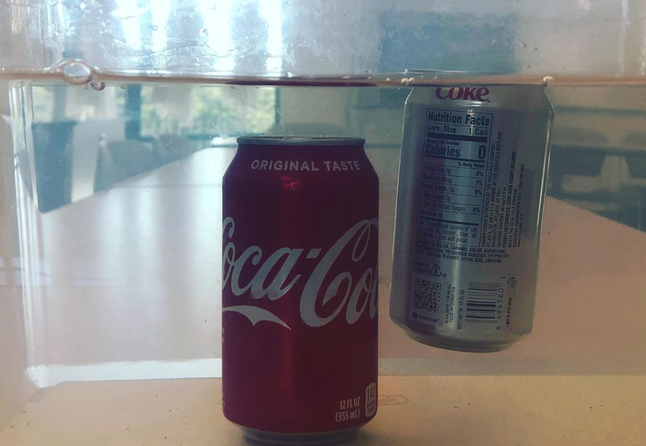
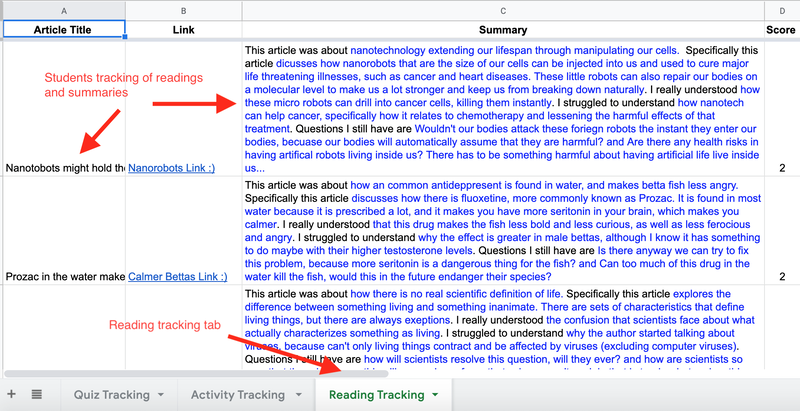
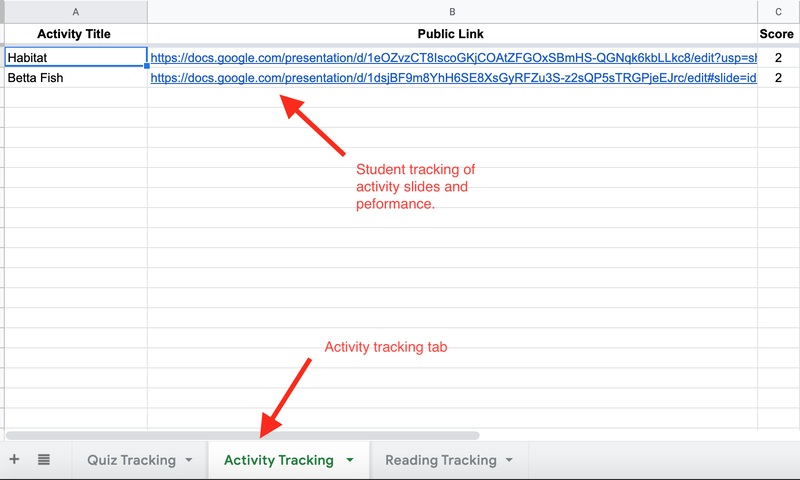
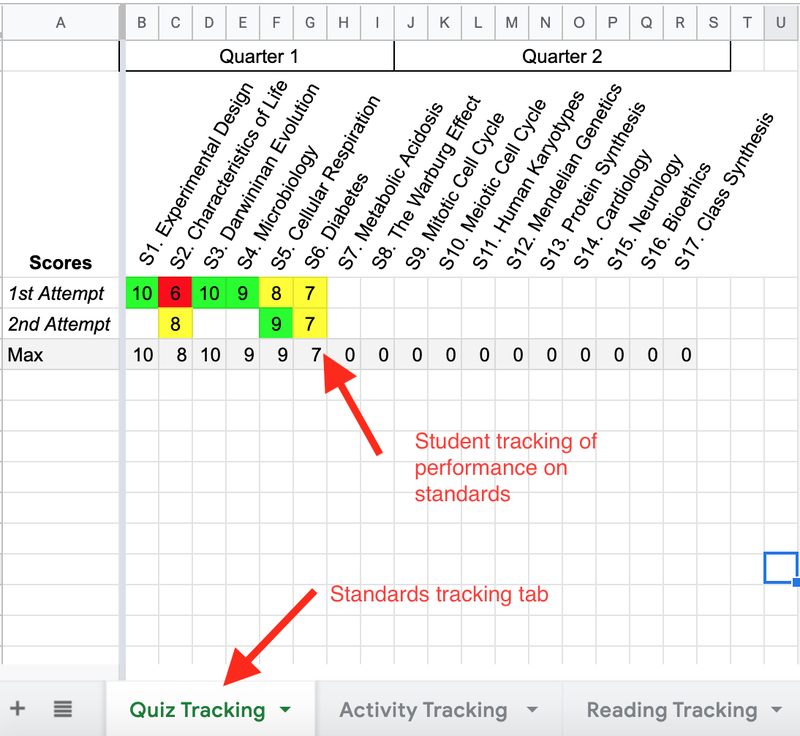
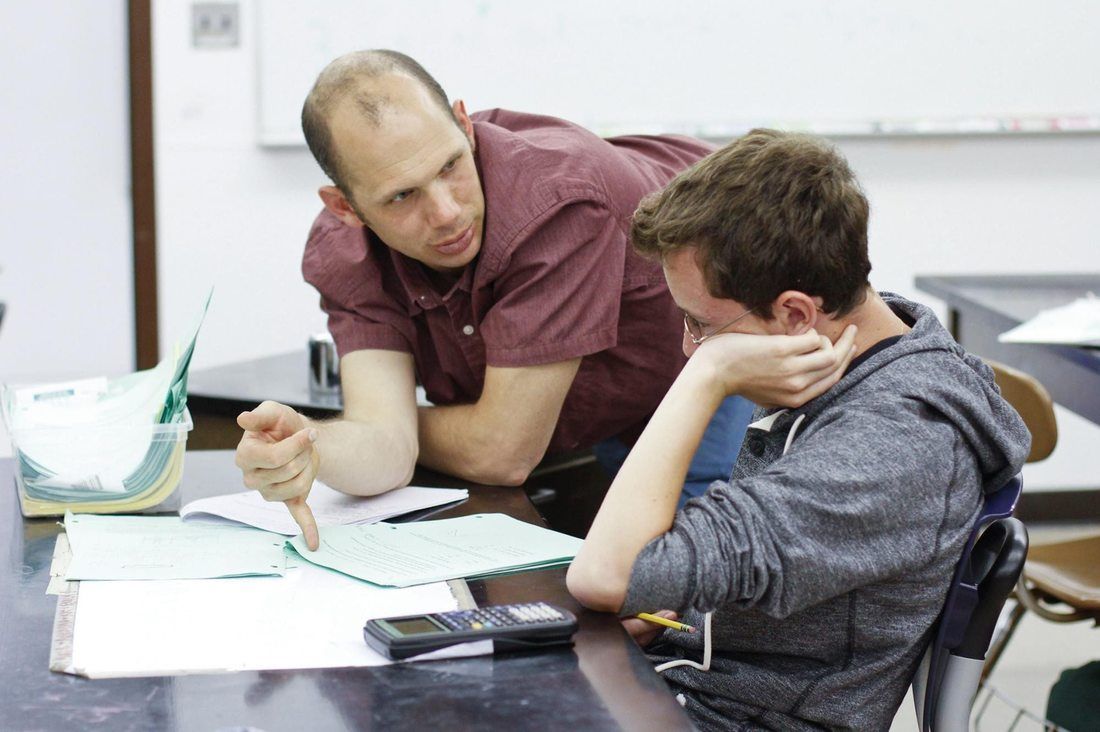
 RSS Feed
RSS Feed